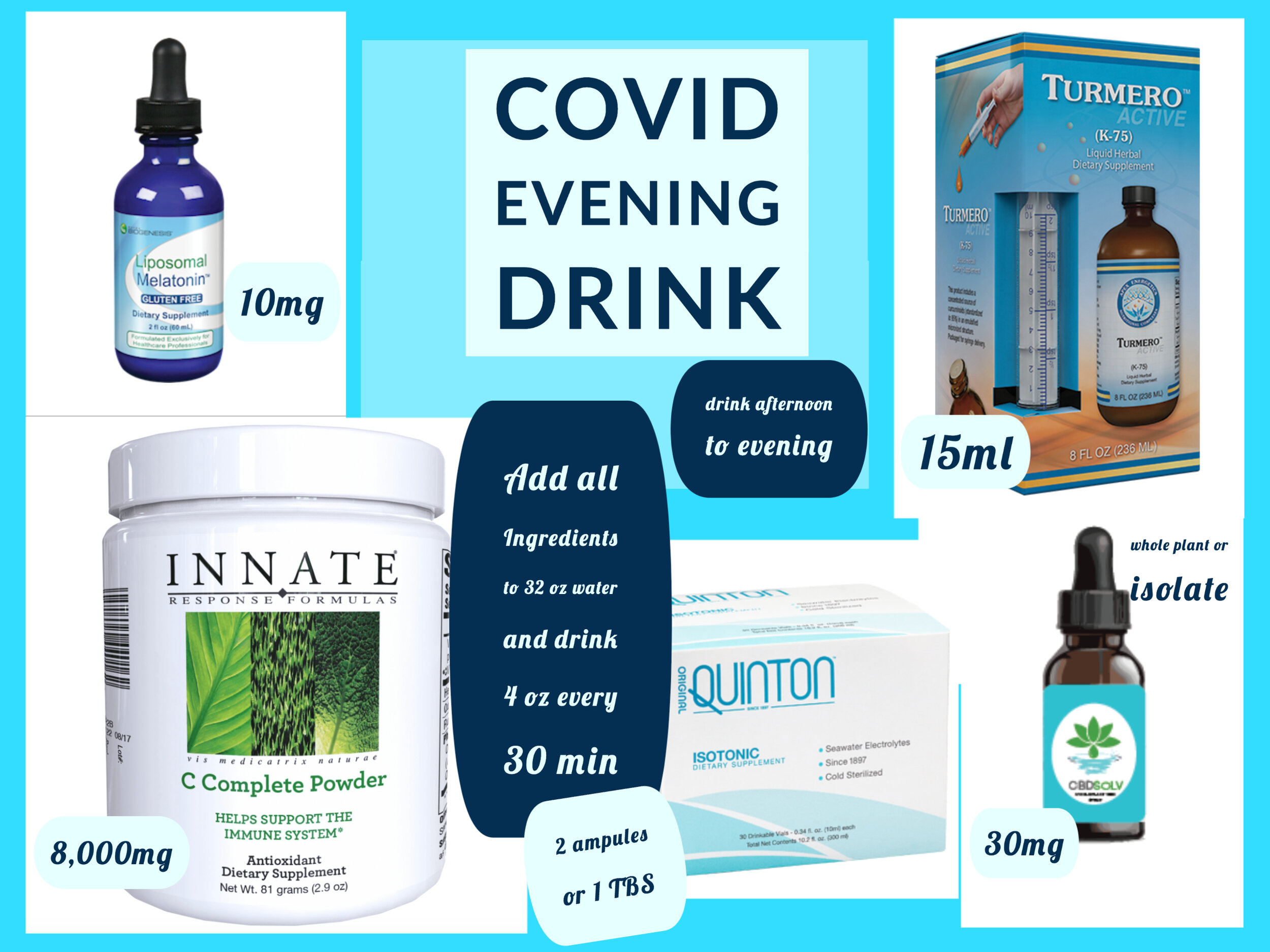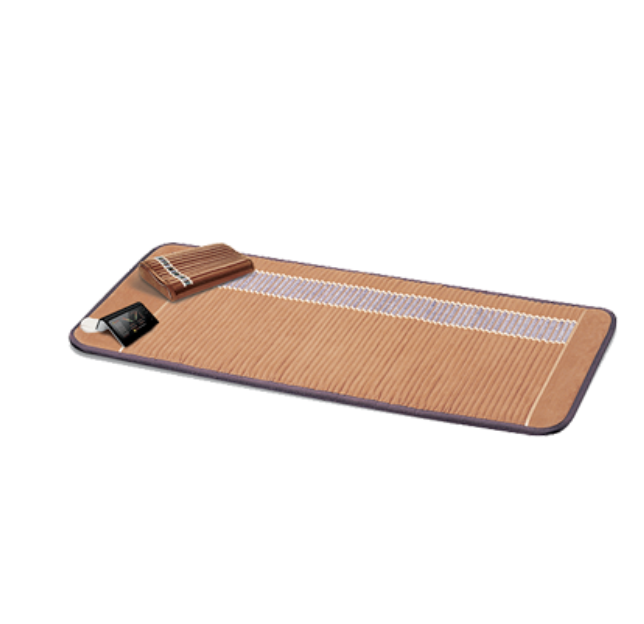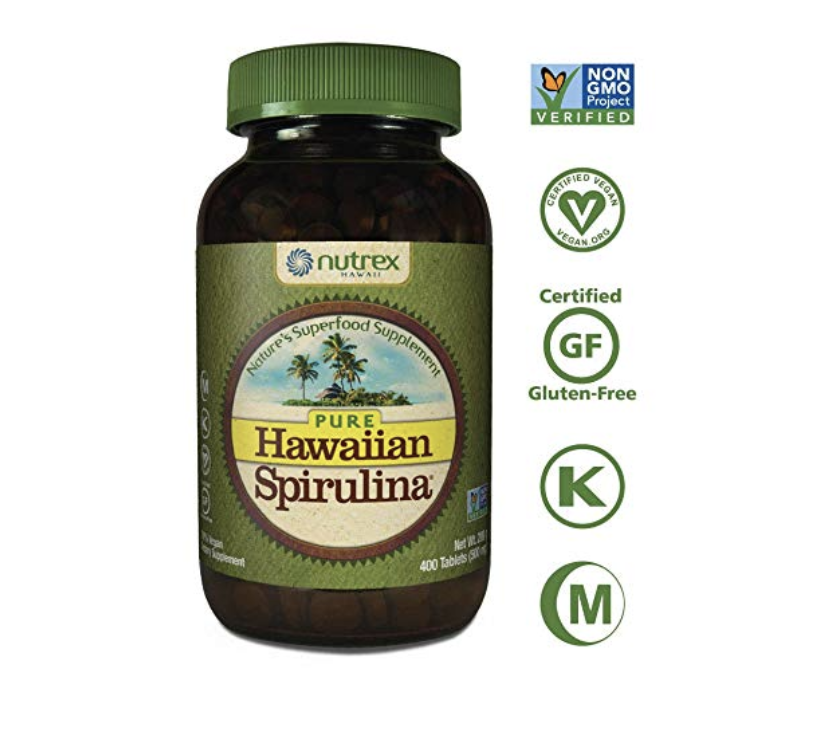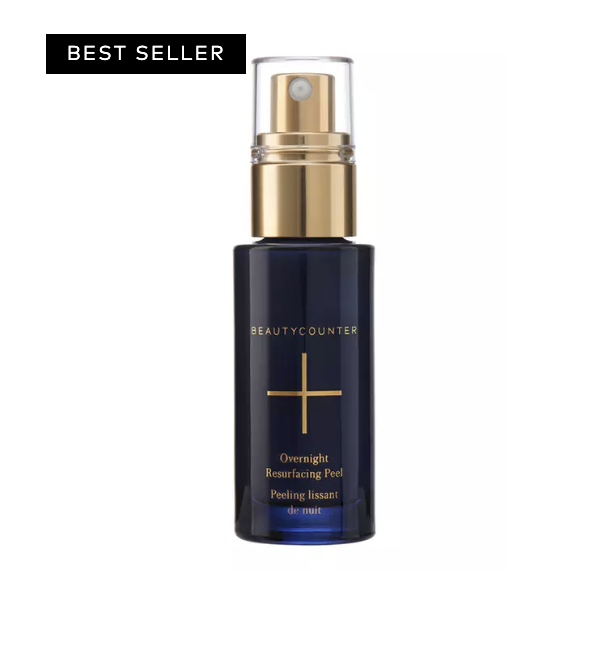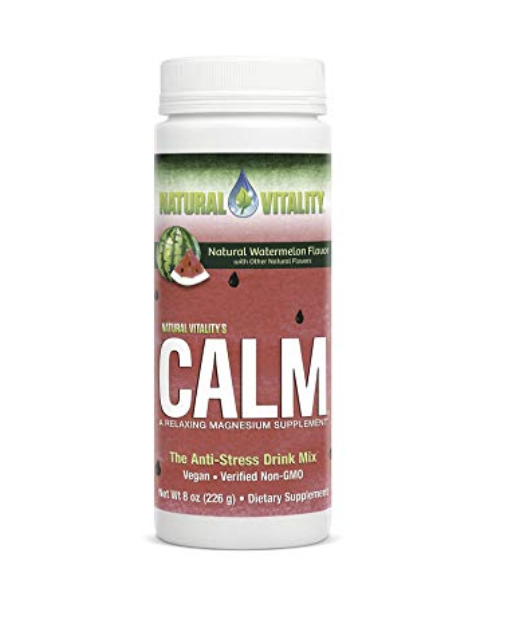I wanted to let everyone know, I never did get dental implants. I ordered a custom appliance from ETSY for about $300 and wear it daily like this one.
DR B INTERVIEW,
I will start with alone with what happened to me and my experience with my root canals and removal, including my bio energetic testing and how my client found you and shared her experience. I will also reference the Root cause Doc
Introduce Dr B
You can explain the difference between a Biological dentist and a regular dentist, schooling and what you use in your office that stands out and why someone would want a biological dentist or to come see you.
Diff: Traditional dentists chase symptoms and holistic dentists manage systems
Schooling: Traditional dentists usually work at getting better and better at doing the same thing (i.e. – what they learned in dental school) whereas Holistic dentists strive to continually have a growing understanding of how to optimize whole body health by optimizing oral health.
Uniqueness of our practice:
- Our philosophy: the body was designed to exist in a state of healthfulness. When this is not the case for an individual, there will be a reason. For many of the “nebulous” diseases such a Chronic Lyme, Fibromyalgia and Chronic Fatigue Syndrome as well as “well understood” diseases such as hypertension, diabetes and auto-immune diseases, the source of the biological imbalance will frequently relate to oral causes. The problem is that few health professionals consider the connection of the body to the mouth (and vice versa). Symptomatic treatment using designer pharmaceuticals is only a band-aid. To attain and maintain full health, the cause of illness must be understood and eradicated.
- The Blodgett Dental Care experience. We create an unparalleled New Patient Experience focused 100% on the goals of the patient.
- Our understanding of connections of the systems of the mouth and the systems of the body. Every tooth is energetically connected to an organ system of the body. All energy disturbances that are held chronically in the mouth (i.e. – root canals, dissimilar metals, substances that are toxic, infections) will affect the whole health of the body.
- Our technologies! From our Surgically Clean Air systems that purify the air of our practice to lasers that make care comfortable and easy, our practice has invested heavily in technologies that make the clinical care of dentistry the most comfortable and easiest it has ever been
Then a quick rundown on what is wrong with the dental industry, Root canals, Amalgams, and how you can perform them safely. (let me know if this is redundant and if you would be covering that in the first question
Instagram Questions:
Should all root canals be extracted?
- Asking if ALL root canals should be extracted is a loaded question and it is not a subject that is black and white. The answer truthfully depends 100% on the health goals of the individual. If a person’s goal is to ensure that their health is optimal, then removing dead teeth would be the appropriate decision. The age and health status of the patient is also worth considering. From a general health standpoint, however, it is valuable to note that nowhere else in the body does the medical profession (including dentistry) recommend keeping a dead body part. It is also valuable to recognize that it only takes approximately 30 days for a newly root canalled tooth to become fully infiltrated with anaerobic bacteria. If you do not want chronic exposure of your healthy bone (which should be a sterile environment) to anaerobic infection, removing dead teeth or teeth with prior root canals would be a sound health decision.
Do you recommend anything to prevent root canals?
- The best dentistry is no dentistry! What we mean by that is that if your teeth never have fillings, crowns or other dental work, the likelihood of the teeth remaining healthy is very high. However, the more “drilling and filling” that teeth experience, the more likely they are to die and/or become infected.
- It is also helpful to consider that in order to have a healthy mouth, a person needs healthy saliva. The saliva comes from filtering your blood and in order to have healthy blood a person needs to have a healthy diet including whole organic foods and plenty of clean, pure water. Great health starts in the gut and the mouth is the first part of the gut!
- If you do develop cavities due to having a high decay risk (which we at Blodgett Dental Care can help you decrease!), there are methods and materials that we can use including dental lasers, air abrasion, ozone and glass ionomer materials, that help to ensure that even an angry nerve may have a second chance to heal itself. But to be clear, fillings are NOT a solution for dental decay. They are more like putting a new roof on a burning house if the “fire” of the decay process has not been fully diagnosed and managed. First, put out the fire (the acidic exposure) and then restore the teeth!
I believe root canals are linked to fibromyalgia, would love to know what Dr B thinks.
- Although the allopathic medical community at large do not believe that root canals have any relationship to chronic diseases of any type (despite emerging research and science!), it has been my experience with multiple patients that their generalized health issues including fibromyalgia, chronic fatigue and Lyme symptoms have disappeared once the chronic focal infections within their mouths were eradicated. We have also found that the areas of chronic pain have been related to the energy meridian on which the root canalled teeth exist. After you have witnessed this more than a few dozen times, it is hard to chalk it up to “coincidence”. Teeth are directly connected to the nerves, blood and lymph systems of the body. It makes perfect sense that removing oral focal infections would have a powerful effect on healing the body!
Are porcelain fillings toxic to the body?
- The simple answer to this question is: No. Porcelains (also known as ceramics) are inert and do not react with other substances. That being said, many people mistake “composite” fillings which are also tooth-colored for porcelain fillings. People should know that most dentists do not choose to use porcelain restorations and prefer to use composite resin materials. This is primarily due to the fact that composite resins are cheaper a faster to install. Unfortunately, composite resin materials shrink by approximately 3% by volume. If we are talking about a small filling, then this shrinkage may have little consequence on the outcome. However, if the restoration is large, this shrinkage stress may be of major importance. Fortunately, porcelain restorations do NOT shrink. Porcelains also do not have the toxicity issues that can accompany composite resins such as BPA. If your goal is to have the least toxic and longest lasting restorations in your mouth then porcelain is likely to be your best option.
Are all crowns safe? If not, what type are and should they be checked?
- There are a few things to consider when talking about the “safeness” of crowns. The first consideration would be: is a crown necessary? Can a smaller restoration such as a porcelain inlay or onlay be used to help preserve tooth structure? Clearly, the more healthy tooth structure that is maintained over time, the healthier this is for the tooth.
- But let’s say that a crown is the only way to restore a tooth, there are many materials from which you can choose. Back when I was in dental school in the mid-1990s, the only options for crowns at that time were yellow gold or the “PFM” (Porcelain-Fused-to-Metal) crown. Although the traditional yellow gold crowns wore very well in the mouth because they could not fracture, they came with the obvious down-sides of creating significant cold sensitivity due to the metallic conduction of heat and cold. Additionally, the esthetic expectations of many of today’s adults is such that they would prefer that their tooth look like a tooth. That is understandable.
- The PFM had the ability to look like a tooth, but because the metal alloy underneath the porcelain was dark gray, many people found this to be highly unaesthetic if they experienced any level of gum recession. Additionally, the metal alloys underneath the PFM crowns often contained inflammatory metals such as nickel and palladium. These irritating aspects combined with a nature for porcelain fracture off of the metal substructure made these crowns less than desirable, too.
- Today’s crowns tend to be significantly less toxic and more esthetic. The 2 primary materials used today are zirconia, which is very opaque and fake looking but almost impossible to break, and lithium disilicate ceramics (trade name: e.Max). e.Max is the material used almost exclusively at Blodgett Dental Care for crowns because of its combined beauty, strength and lack of toxicity.
- Lastly, if a tooth is being reduced to a “nub” so that a crown can be placed on it, how the tooth is treated is of paramount importance. The nerve inside the tooth will not tolerate a significant rise in temperature. Unfortunately, in order to grind a tooth down for a crown, it will experience a LOT of friction from the dental drill that is spinning at speeds of up to 400,000 rpm. A dentist who wanted to keep the nerve of a tooth happy (and from dying!) will always use new drill burs, use light pressure and a LOT of water. Following these simple steps will ensure that the tooth receiving the crown will come out the other side of treatment in good health!
What type of fillings does DR B use?
- At Blodgett Dental Care, we use a few different materials to help restore teeth. The reasons for each material depend on the clinical requirements of the tooth, the health status of the nerve, the decay risk of the patient and the longevity required from the restoration.
- The types of materials you will find in our armamentaria would be composite resins, glass ionomers, resin-reinforced glass ionomers, compomers, leucite-reinforced ceramics, lithium-disilicate ceramics and zirconia.
- We also want to share that before bonding over any dentin surface of a tooth, we thoroughly clean the dentin, lightly dry it and expose the dentin surface to ozone gas. This gas is electro-chemically drawn to bacteria which get killed on contact. After 25 years of trying other methods to keep the nerves of teeth happy and healthy, we have found nothing more effective or biocompatible than ozone gas (which is simply energized medical grade oxygen).
What insurance do they take?
- At Blodgett Dental Care, we are excited to share with our patients that we are insurance independent (meaning that insurance companies do not control our fees), we accept most insurance plans and we thoughtfully process your claims as a courtesy to our guests. However, we choose not to be “participating providers” with any insurance company.
- You probably do not know this, but the majority of dentists are “in-network” as participating providers with one or more insurance companies. This means that the dentist allows the insurance company to dictate their fees at significantly reduced rates. Does that make any sense? Why would a business owner allow a 3rd party to dictate their fees at reduced rates? The true answer is that the insurance company will then list the dentist on their “preferred dentist” list on their website.
- As a business owner who believes in offering only the best service and technologies to my clients, if we allowed insurance companies to determine our fees at low levels, we could not then afford to invest in the numerous technologies and extensive education that makes the experience at our practice so positively different.
- Rest assured, when you become a patient at Blodgett Dental Care, most people who have dental insurance will be able to use their dental benefits here. The exception to this would be capitation plans such as the Oregon Health Plan or in-network-only plans such as Kaiser or Willamette Dental. But if you are seeking optimal health, these are not the kinds of practices where you would want to invest your time or money anyway.
What are your preferred toothpastes for adults and kids and mouthwash?
- There are a number of great safe toothpastes on the market today! My personal favorites are the JASON brand “Powersmile” mint toothpaste and “Revitin” toothpaste. But those are just two of many you might find suit your fancy.
- Regarding mouthwashes, I do not recommend any of the brands you would find at your common drugstore. Over-the-counter is totally unnecessary and, frequently, can be doing way more harm than good to your oral soft tissue and teeth. There are some prescription-based mouth rinses that we sell in our office which actually have a lot of benefit to them in the right situations.
- My recommendation is to consult the “Healthy Living” app that is supported by the EWG (Environmental Working Group). The app allows you to scan thousands of products and it will give you a toxicity score from 1-10 (1 being the lowest risk). Download the app and get to scanning! Soon you’ll find your favorite products that are healthy for you, too.
What can you do to keep a healthy mouth, practice prevention and what to tell your dentist if you do not have a biological dentist?
- The best way to maintain great oral health is to eat a whole-foods, organic diet with minimal snacking and drink a lot of pure water.
- Other practices to consider are stress reduction which helps to reduce the amount of clenching and grinding that occurs on the teeth and get your sleep health assessed if there is any concern about snoring or not sleeping through the night. Poor sleep quality can ruin your teeth by drawing up acid into your mouth throughout the night which aids in acid erosion.
- If you are a smoker and/or a daily drinker, consider a reduction plan. These practices have decades-long science which has clearly shown that they will ruin your teeth, gums and bone.
- If you do find that you are experiencing symptoms of oral health decline (such as decay or gum disease), ask your dentist “How do I stop this process and ensure that it doesn’t continue?” If the dentist only offers you solutions focused on symptomatic treatment (i.e. – fillings, crowns, gum surgery, etc.), then find a new dentist. Fillings are not a solution for decay. They only fix the symptom. Insist on answers that make sense!! And insist on healthcare professionals who listen to your questions, answer honestly in ways that make sense and to respect your right to choose your own care.
What is the alternative to root canals and crowns?
- The best alternative to root canals and crowns is to maintain excellent oral health! Healthy teeth don’t “need” either of these things. That being said, if you have experienced a poor state of oral health such that you are experiencing symptoms of tooth pain, your primary option when wanting to avoid the toxic nature of a root canal is to remove the tooth. There are many ways to replace missing teeth from temporarily bonded teeth to removable partial dentures to bridges to implants. There is no right or wrong way to replace teeth. It really boils down to your own personal health goals.
- Remember, losing a tooth may be a sad experience, but it is tempered by the fact that you have removed a dead body part which would have been a nidus of focal infection had you left it in your mouth. There will always be a way to replace the missing tooth!
What should be done for oral care at home for people who have a “healthy” mouth, no root canals or fillings? (same answer as 2 above)
- The best way to maintain great oral health is to eat a whole-foods, organic diet with minimal snacking and drink a lot of pure water.
- Other practices to consider are stress reduction which helps to reduce the amount of clenching and grinding that occurs on the teeth and get your sleep health assessed if there is any concern about snoring or not sleeping through the night. Poor sleep quality can ruin your teeth by drawing up acid into your mouth throughout the night which aids in acid erosion.
- If you are a smoker and/or a daily drinker, consider a reduction plan. These practices have decades-long science which has clearly shown that they will ruin your teeth, gums and bone.
- If you do find that you are experiencing symptoms of oral health decline (such as decay or gum disease), ask your dentist “How do I stop this process and ensure that it doesn’t continue?” If the dentist only offers you solutions focused on symptomatic treatment (i.e. – fillings, crowns, gum surgery, etc.), then find a new dentist. Fillings are not a solution for decay. They only fix the symptom. Insist on answers that make sense!! And insist on healthcare professionals who listen to your questions, answer honestly in ways that make sense and to respect your right to choose your own care.
What do you do when you know something is wrong in your mouth and don’t have access to a biological dentist? (lifestyle changes, oil pulling, biodicin etc, we can both address this one)
- The answer would depend on what the person perceives is wrong and whether what’s wrong is causing pain and at what level. If a tooth is causing acute pain, seeing even a non-biological dentist would be in your best interest. Acutely infected teeth have the potential to kill you depending on their location and extent of infection. No oral rinse will save you if anaerobic bacteria have infiltrated a dead tooth.
- If the person is perceiving that things are “wrong” in a generalized sense such as “things just don’t feel quite right”, then starting to exercise daily remineralization habits would be an excellent choice. The trick is to turn on the saliva and turn off the acid fountain! Practices such as oil pulling can be hugely beneficial in this regard. But it takes a commitment of time and energy.
- It would also be wise to consider the nature of your diet. Reading the book “The Dental Diet” by Dr. Steven Lin may be a wonderfully helpful tool in understanding the benefits of a “Paleo-esque” diet. This is the same concept that was being recommended 100 years ago by the pioneering dentist and research, Dr. Weston A. Price.
- The trick is to start learning and practicing new behavior patterns. With diligence, you can save your teeth and avoid the perils of traditional dental care!
How do implants work?
- Dental implants work based on the process of “osseo-integration”. Osseo-integration in a process where bone cells literally adhere themselves to the oxidized surface of the titanium alloy. Since the 1960’s, the primary material used has been surgical-grade titanium. Millions of teeth have been replaced successfully using titanium implants as the new root system.
- The implant systems usually rely on 3 parts to rebuild the missing tooth:
1) The implant (which mimics the missing root)
2) The abutment (which mimics the part of the tooth reduced for a crown)
3) The crown (which mimics the missing enamel of the tooth)
- Although many people have been well served by having teeth replaced with titanium implants, because these titanium alloys almost all contain other metal impurities (such as nickel, palladium and vanadium), these metals can have unintended side effects or elicit an unexpected allergic response.
- Thankfully, for the past 10 years we have had an option for implants which is a ceramic and does not have the same metallurgical issues as titanium. At Blodgett Dental Care we have found that when teeth extractions are done properly and bone heals well, zirconia dental implants are generally the best option. They are completely white, are inert and biocompatible.
What should be avoided at a standard dental office? (fluoride, silver fillings etc?)
- Things about which you may be concerned at a traditional dental office would be:
o Air quality – dental offices have been shown to have some of the worst air quality of any professional environment. This is due to the incredible amount of aerosols generated by the high-speed drills and other instruments used without proper suction and ventilation
o Fluoride treatments – perhaps one of the worst hoaxes ever pulled over on the American people is the idea that fluoride, a neurotoxic chemical, will stop you from getting cavities. Do your research. These claims are 100% false.
o Mercury amalgam “silver” fillings – mercury is the primary ingredient in “silver” fillings. Do NOT let the name “silver filling” fool you. Mercury is continually released from every one of these fillings as long as they are in your mouth. Similar to fluoride – do your research. Mercury is neurotoxic and there is no known safe level for human exposure. Avoid at all costs!
o Sterilization records – until recently, most dentists did not test their sterilizing equipment but more than once per month, if that. Every conscientious dental practice should have a running log of sterilization records. If your dentist’s office doesn’t, start searching for a new dentist!
o Your dentist or dental hygienist disregarding or downplaying your questions – if you ask questions and feel like your thoughts or concerns are being dismissed, find a better and more caring dental home. This is YOUR health, not theirs. Your questions matter! Your beliefs matter! Your health matters! Insist on being heard, respected and honored. You deserve it!
What precautions should be taken before having wisdom teeth pulled and after?
- In order to reduce the common risks associated with wisdom teeth extraction, consider doing the following:
o Increase your dietary intake of foods high in Vit. D, Vit. K2 and other general nutritional quality
o Start rinsing with an effective anti-microbial and biologically safe rinse such as ozone water or “S.O.S.” (Super-Oxidized Saline) rinse.
o Start to increase your sleep time to build a reserve of energy
o Ask your dentist to remove any and all infection and the periodontal ligaments in the sockets once the teeth are removed
o If it is possible, have your dentist graft the extraction sites with “L-PRF” (leukocyte and platelet-rich fibrin). This is a concentration of your blood’s own immune cells and clotting factors. This ensures fast, high-quality healing.
o After surgery, rest, rest, rest. You just had bone surgery and it was a big deal! Give yourself a few days to recover. Don’t expect to feel normal right away. Your body is healing and needs all the energy it can get to heal your extraction sites.
What should we do if we have permanent metal retainers, and if they need to be removed what is the alternative?
- If you have a metal orthodontic retainer and you are concerned about the metal being in your mouth, you may want to start by having a “MELISA” test performed. This test will show whether your body is sensitive to the constituent metals in the metal alloy bar.
- If you want to remove the metal, but use a different non-toxic material, the best option is to use a fiberglass reinforcement strand called “Ribbond”. Ribbond along with composite resin can be an excellent and safe way to maintain teeth from moving after orthodontic treatment.
Are infections always visible on X rays? No. But easier to see on 3D CBCT scans
Do all root canals eventually get infected? Yes. Within 30 days, a new root canal system is completely infected up to the tip of the root.
One of my root canals is bothering me but 2 different doctors took X rays and both said they were not infected, but I feel like something is wrong. When your body and your gut are saying “Something is wrong here!”, then something IS WRONG! Time to find a new dentist who will LISTEN and INVESTIGATE. If you are feeling that something is wrong, then something is wrong.
I have perfect dental history, no root canals, no braces and wisdom teeth grew in perfectly. I just had a 3D xray and it says I have 4 cavitations, is this possible when you have never had any work done in your mouth? “Cavitations” by definition are areas within bone that became infected during the healing process and did not heal properly. If you have never had any tooth extractions, it is not possible to have jawbone cavitations.
And would you advise cavitation surgery for them. It is impossible to say without performing and examination and reviewing the radiographic information that you are referencing.
I have some Gum Line cavities that are fairly large and need to get dealt with, what do I need to know before going to the dentist?
- First and foremost, make sure that you and your dentist both understand fully HOW this happened. If you do not understand the process that got you there, you are likely to repeat the experience.
- Second, ask the dentist (1) have they seen this sort of issue before (which they should) and (2) how have the found that it is best managed? See how you feel about their response.
- Lastly, I encourage you to find the least invasive solution. If the dentist starts talking about doing a bunch of crowns, get a 2nd and 3rd opinion. There are always multiple ways to approach care. If a dentist tells you “This is the only way”, move on to someone more creative in their thought processes and creative problem-solving skills.
Can you see cavitations from wisdom teeth only from a Panorama or do you need a 3D cone beam? (two purple carrots)
- Rarely will you see jawbone cavitations on a Panoramic radiograph. 3D cone-beam CT scans allow the dentist to move through the entirety of your bone, section by section, analyzing the variations in bone density.
Hi Mary! It xxx on from Ohio. I hope I’m not late but I have a question for Dr. Blodgett. My son with ASD has a lot of metal crowns in his mouth and they were placed too tight that his gums are inflamed at all times.It’s been a year and still have not healed. I use bio- Biociden spray and I use my magic mud toothpaste like you advised me but he still inflamed. He did terrible waking up from the Anastasia I was wondering if it’s worth putting him under another anastasia to take the metals out on top of that the teeth are grounded in order to fit the crowns.
- Those metal crowns are horrible for two reasons:
1) They contain nickel which is almost always horribly irritating to gum tissue
2) These “stock” metal crowns do not fit teeth in a way that makes them cleansable
- No rinses or pastes will fix this. Non-toxic resin or ceramic crowns are the only way to solve this. It is a tricky endeavor, however. Much planning and the right pediatric dentist would need to be employed.
I have MULTIPLE root canals ...what am I specifically looking for on X-ray?? I’m 100% sure I have infections!!! Can a regular dentist do an x ray and see if the teeth have infections?
- It’s simple: If you have root canals, the dead teeth are infected. This is true 100% of the time. Every tooth I have sent in for DNA analysis has come back severely infected. Every book I have ever read tells the same tale.
- Think about it this way: The dentin of the tooth (the root) is completely porous. These pores are 10-20x larger than the bacteria that live around them. Within 30 days of having a root canal, these bacteria have infiltrated the entirety of the root. In order to achieve optimal health, these infections (the dead teeth) must be removed.
Resources for those who want holistic dental care in other parts of the country? Is there a list or network?
- IAOMT (International Academy of Oral Medicine and Toxicology) – www.iaomt.org
- IABDM (International Academy of Biological Medicine and Dentistry) www.iabdm.org
- HDA (Holistic Dental Association) www.hda.org
Also what should a NORMAL mouth look like? -This is a little too broad and vague to answer
For those who can’t come to Oregon, networks, resources for SAFE amalgam removal, friends in other states you trust to refer etc.
- www.thesafechoice.com - For those dentists practicing the “SMART” protocol for mercury removal
- For specific locations, people can email us at info@bdcpdx.com
Protocols and what to expect for expect and how to prepare for extractions and after (these can be linked in notes and types) See the answer above about wisdom teeth.
Also how to detox and heal after (I can also share what I did, IE- fasting, Chlorella, Glutathione, Infrared, Photobiomodulation (red light therapy) localized cryo, IV therapy and compression ( I even have a deal through Restore Hyperwellness Lake Oswego for 40-45% off treatments for your clients and people who fly out for a week after treatment - Yes, this is better for you to discuss. I generally refer people to a Naturopathic Physician and nutritional therapist.
Close- end with good lifestyle choices, oral care, and food choices and come see DR B!












